Exactly how much THC is in today’s marijuana? To some extent, it depends on the sample you’re looking at, and where it came from.
Traditionally, government data about THC content was from analysis of marijuana seized by law enforcement. Back in the day– say, 1970 or thereabouts– THC content hovered around one percent. If you were lucky enough to stumble across higher-quality indica, perhaps it might approach 2%. Much of the early research on marijuana’s effects was done on samples of this type.
But at some point in the ’70s, growers began to experiment with enhanced varieties, like sinsamilla, with the goal of increasing THC content. That was driven by competition in the marketplace, but also by the need to satisfy regular users, who were developing tolerance. By 1982, THC content averaged 3%, and by 1995, 4%. Twenty years later, in 2014, we’re looking at 12%, or a dozen times stronger than the stuff that folks smoked during the psychedelic era.
Paradoxically, as THC rose, the concentration of cannabidiol, or CBD– the part of the plant with proven medicinal value– dramatically decreased. In 2001, the ratio of THC to CBD in marijuana was about 14 to 1. By 2014, it could be as much as 80 to 1.
THC ruled. But why the shift?
One theory is that CBD in quantity interferes with the euphoric potential of THC. So chemists devised methods to decrease CBD in order to optimize the psychoactive effects of pot.
There are regional differences as well. In Colorado, with its burgeoning cannabis industry, THC content is usually around 19%, and can extend in some instances as high as 30%. That’s some powerful stuff. Since the number of adults who use pot daily has grown dramatically since July 2014, it suggests we’re dealing with a higher rate of cannabis dependence— meaning chronic users who experience tolerance and withdrawal symptoms.
By the way, in terms of THC content, there doesn’t appear to be much difference between “medical” marijuana and the recreational sort. They’re about the same.
My guess as to what’s causing the emphasis on THC: Cannabis producers and distributors are eager to attract the lucrative high-end customer, most likely an adult daily user (perhaps multiple doses) who is experiencing a need for stronger pot to manage their dependence on the drug. Those customers will naturally be attracted to more potent stuff. And willing and able to pay for it.
We in addiction treatment lack much experience with long-term use of such high THC marijuana. There may be adverse consequences we simply aren’t aware of. And won’t be, until some of the heavier users develop problems, or attempt to stop and discover it’s not that easy.
A counselor at one Colorado program reported that many of her clients were now regular users of cannabis, along with methadone or Suboxone. It’ll be interesting to see how that affects program outcomes.
It’s a different world now. The assumptions of the past may not hold. We’ll see.

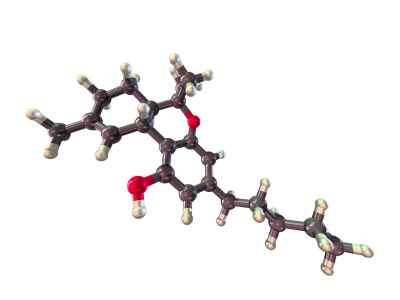
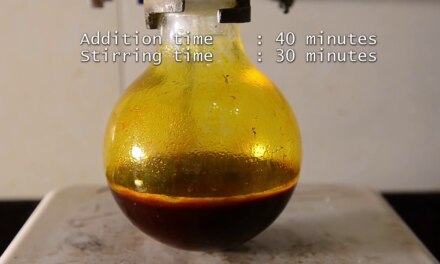
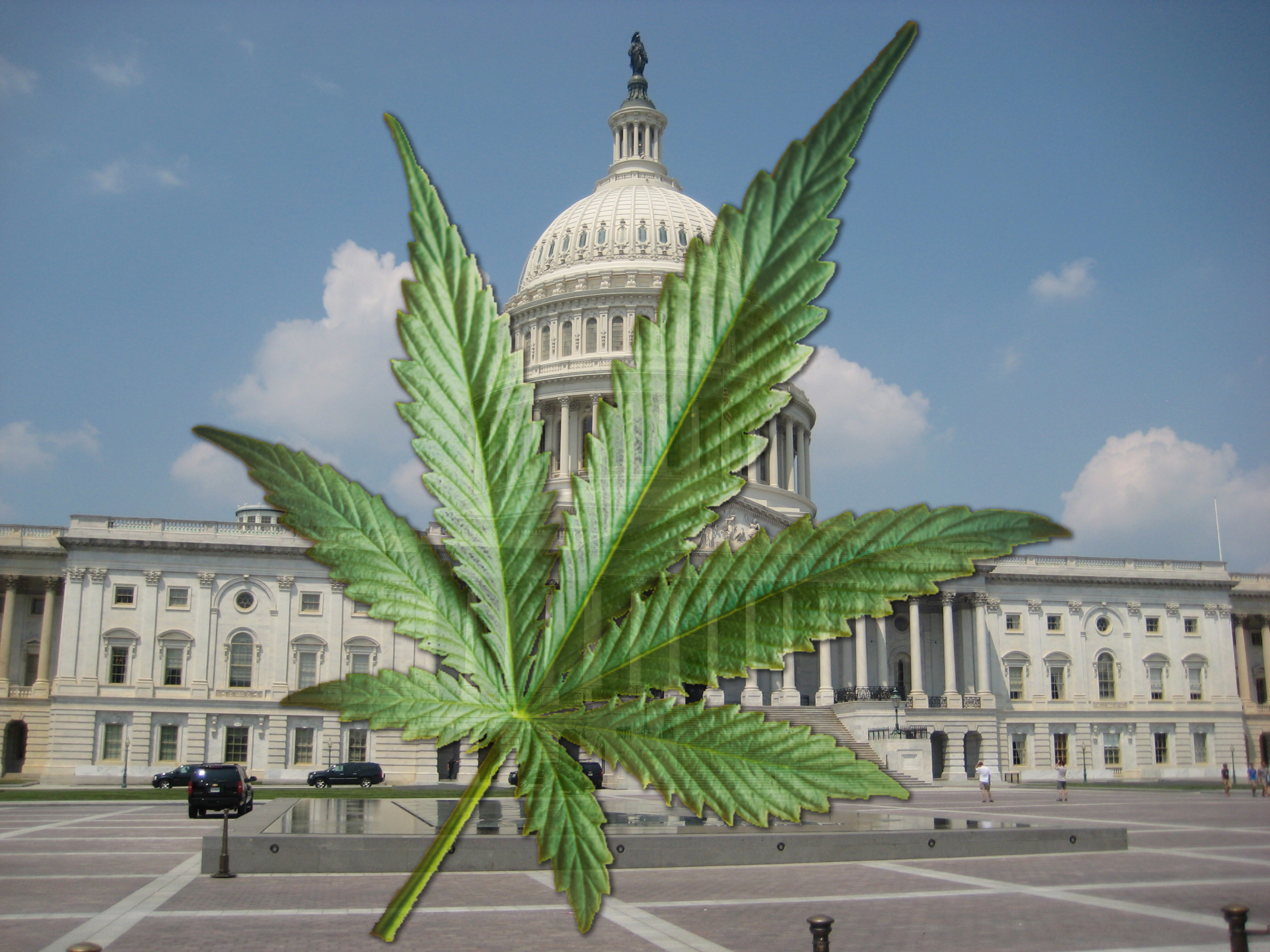
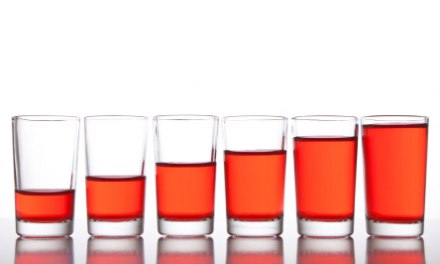
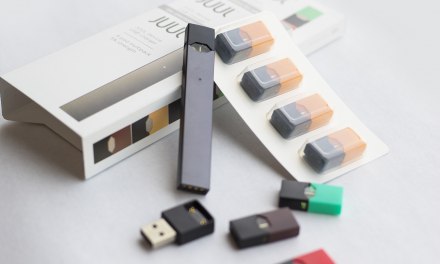








Thank you, as always, for your reflection on these issues that are ever present—as the terrain of “recovery” continues to shift. I have been away from blogging for the past year and feel ready to come back and share some thoughts on these topics. You are a rock in the recovery community. Thank you for these insightful words. LN